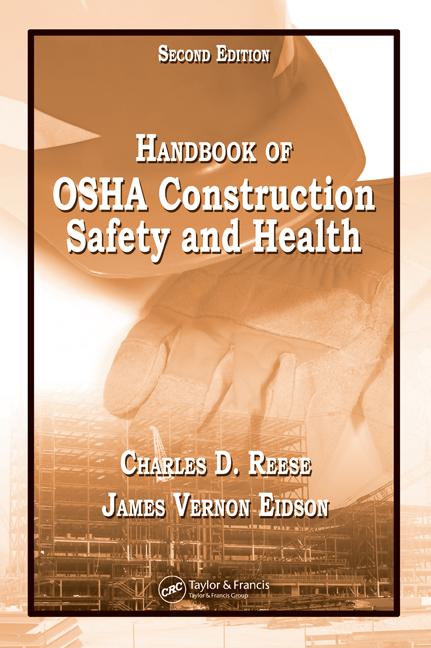According to a recent American Society of Safety Engineers’ (ASSE) webcast “Sustainability: An Emerging Force in Business & Its Impact Upon the Safety Profession” presented by Kathy A. Seabrook, CSP, CMIOSH (UK), safety and health are considered by many companies to be integral to their organizations’ corporate social responsibility (CSR) and sustainability plans.
In a poll given to the nearly 50 attendees during the webcast, most of the attendees indicated that their companies see CSR/sustainability as a strategic initiative. The next highest response from attendees indicated that their companies see CSR/sustainability as creating value for their organization/brand. Another poll conducted with participation from attendees indicated that CSR performance reporting includes: 1) workplace safety, 2) environmental impacts, and 3) energy efficiencies.
During the webcast, Seabrook noted that sustainability is defined differently by different organizations but there are three main elements that make up sustainability/CSR, based on the SAM Corporate Sustainability Assessment. Referring to these elements as “the triple bottom line,” Seabrook identified them as economic, environmental and social components.
The economic dimension includes issues concerning growth, jobs, taxes, products, services, brand and laws.
The environmental dimension includes eco-efficiency and environmental reporting.
The social component focuses on people, workers, community and society.
Also, referring to a 2009 CSR study conducted by the IBM Institute for Business Value, Seabrook noted that out of the 250 business leaders worldwide who were surveyed in the study, “68 percent are now using CSR as an opportunity and platform for growth,” and also view CSR in a much more strategic way. The study also showed that most of the companies surveyed have started to focus or are already focusing on compliance with regulations and standards as part of their CSR activities
In addition, Seabrook discussed the international interest in CSR and sustainability in reference to the Global Reporting Initiative (GRI) as it relates to voluntary sustainability reporting and a global voluntary standard.
The initiative provides a sustainability reporting framework that was developed through a consensus-seeking process, which included businesses, civil society, labor and professional institutions. A “free public good,” the initiative provides guidelines to measure/report economic, environmental, and social performance.
Performance indicators within GRI include labor practices and decent work - occupational health and safety. The GRI’s occupational safety and health component includes: joint management – labor safety and health committees; information on injury, illness, lost work and fatality rates; risk control programs - education, training, counseling, and prevention; as well as health and safety topics in trade union agreements.
“Workplace safety and health is recognized within GRI,” noted Seabrook. “Therefore, we as safety professionals are part of the ‘triple bottom line.’ The value of the safety professional to sustainability is that we are business people with technical expertise to assist in developing meaningful key performance indicators, which can vary from company to company. Safety professionals need to be involved in internal collaboration to influence and integrate these safety and sustainability key performance indicators within their organizations.”
Two GRI core performance indicators for companies as they apply to workplace safety and health include: 1) the existence of “Education, training, counseling, prevention, and risk-control programs in place to assist workforce members, their families, or community members regarding serious diseases,” as well as 2) reporting on “Rates of injury, occupational diseases, lost days, and absenteeism, and number of work-related fatalities by region.”
Seabrook serves as president of Global Solutions, Inc. and has more than 25 years of diverse safety and health management experience assisting global companies developing and implementing innovative global safety, health and environment (SH&E) management strategies aligned with their company’s business values, including sustainability/CSR.
Poll: Safety and health is a strategic part of corporate social responsibility/sustainability (11/30)


